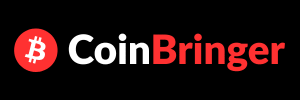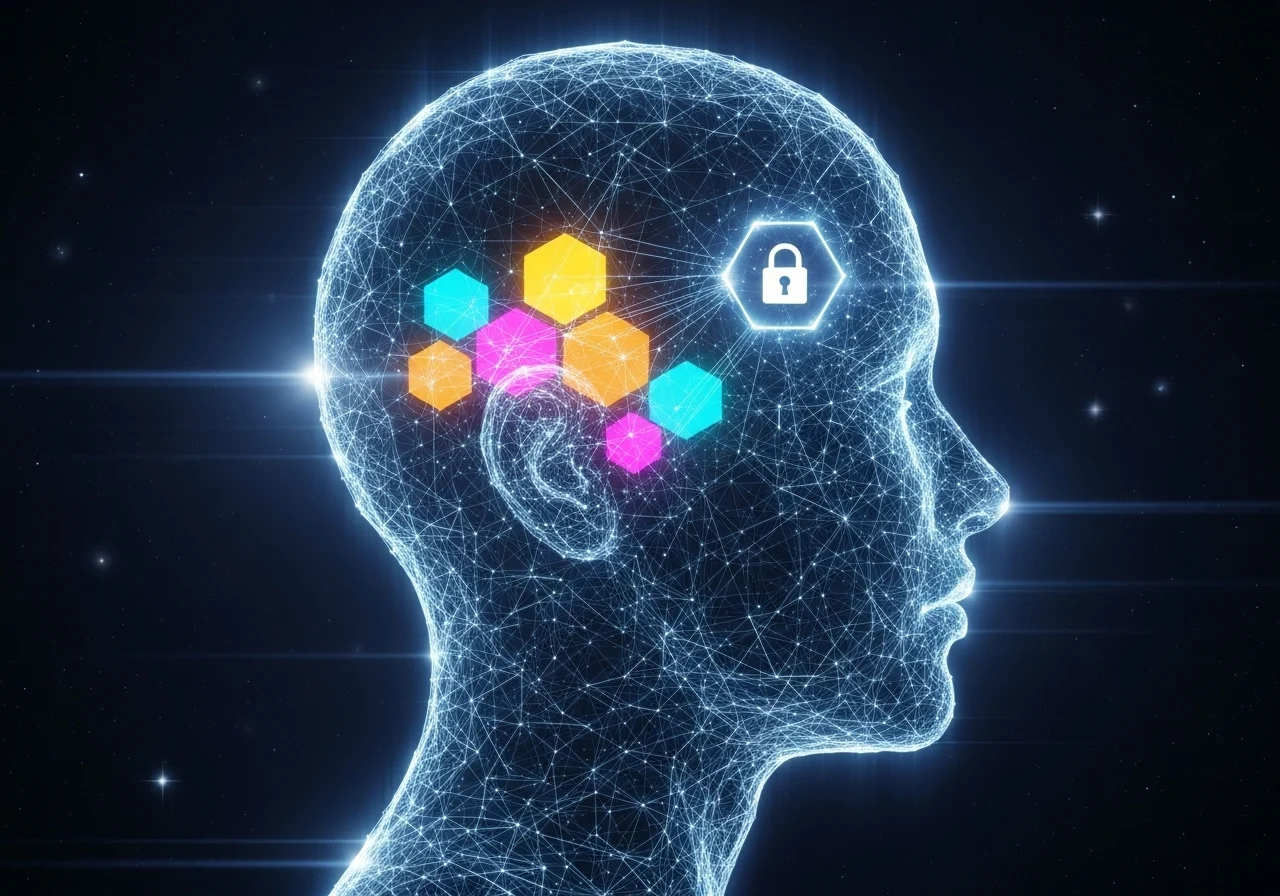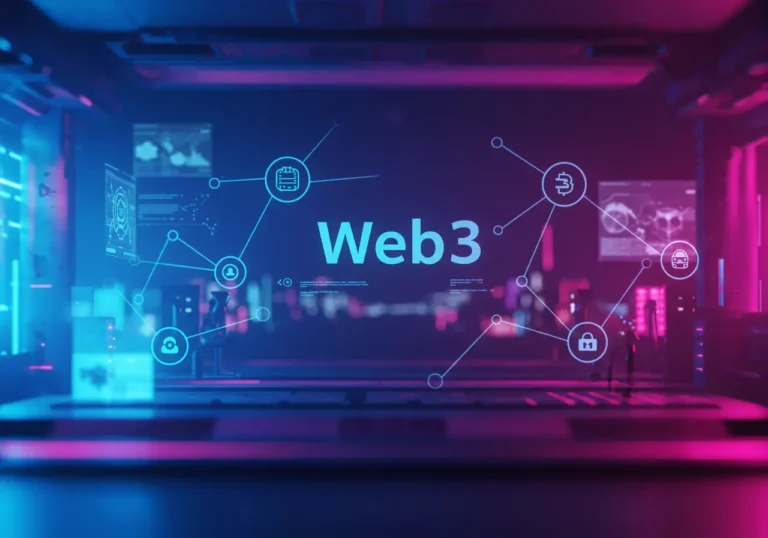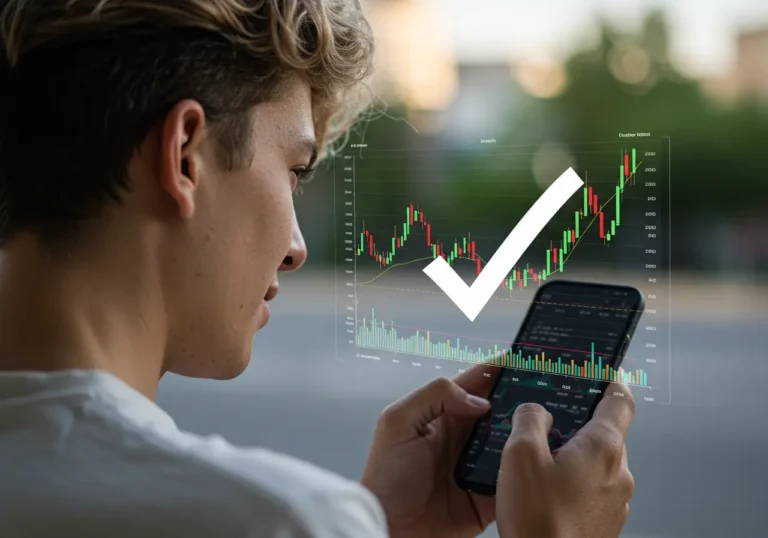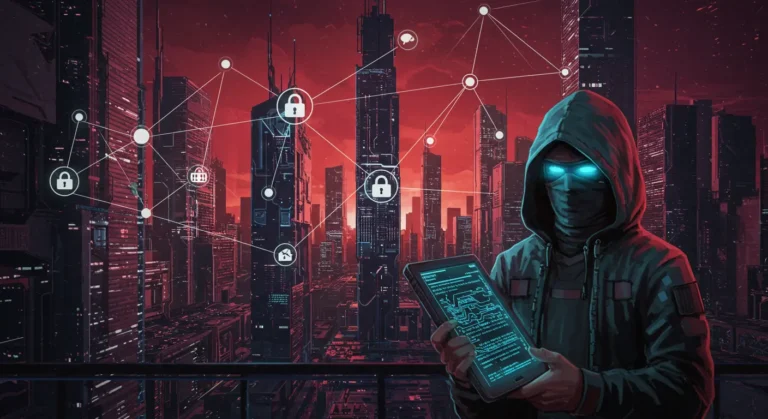Self-Sovereign Identity (SSI): A Deep Dive into the Technology Empowering Users
I want you to picture something simple: your ID, your keys, and your life. Now imagine you control those keys completely — no one else holds a copy, no company can lock them away, and you decide who sees what. That idea is quietly changing how we think about identity online.
Hey guys, i’m back and today we’ll talk about Self-Sovereign Identity couse puts the user at the center. It gives people tools to own and control their digital identity, instead of handing it over to big companies. Think of it like carrying your ID in a safe you control, and sharing only the page someone needs to see.
What is Self-Sovereign Identity?

Self-Sovereign Identity (often shortened to SSI) means you own and control your identity data, like, instead of a bank, a social network, or a government storing and sharing your personal details, you keep that information and choose when and with whom to share it.
That sounds simple, but the contrast with today’s world is huge. Right now many of our IDs live on someone else’s servers. That makes them easy to copy, lose, or monetize without our permission. SSI flips that model. You hold the keys.
How does SSI actually work?
At its heart, SSI is a set of methods and tools. You don’t need to be a tech person to use it, but here’s a gentle picture of the pieces:
- You hold a digital wallet. This is an app on your phone or a secure device. It stores your identity materials — digital versions of documents like certificates, licenses, or proofs of age.
- Issuers give verifiable credentials. A university can issue a digital diploma. A government can issue a proof of residence. These are signed, like a seal on a document, so others can check they are real without asking the issuer every time.
- Verifiers check credentials. When you want to prove something, you show the needed credential. The verifier checks the signature and accepts or declines. They don’t see other data you choose to keep private.
- Decentralized identifiers (DIDs). These are special IDs you control. They are not like usernames on a site. They are keys you manage, and they point to the things that prove who you are.
With SSI, you send only “I am over 18” as a true statement, not your full name and address. Simple and private.
Why this matters and real-life benefits
- Privacy: You share the minimum needed. No extra data leaks out.
- Control: You choose who can see what and when.
- Portability: Your credentials move with you. Change jobs, move countries — your verifiable credentials still work.
- Security: When done right, SSI reduces big central points of failure. There’s no single vault to break into.
- Trust without hand-holding: Verifiers can check that credentials are legitimate without contacting the issuer every time.
Think about travel. Today you might show your passport at many counters. With SSI, you could present just the one credential needed — and the airline or hotel verifies it without asking the passport office directly. It’s faster and less intrusive.
Common uses you’ll see soon
- Education: Digital diplomas and certificates that students control.
- Health: Vaccination proofs or test results that people present privately.
- Finance: KYC (know-your-customer) checks that reveal only what’s necessary.
- Work and freelancing: Proofs of skills or employment that are portable across platforms.
- Voting and civic services: Safer ways to prove eligibility without exposing all details.
These use cases all share one idea: minimal exposure of personal data while still making trust simple.
Risks and challenges to be honest about
SSI is promising, but it’s not magic. There are real challenges:
- User responsibility: If you lose your wallet keys, recovery can be hard. Good systems build safe recovery options, but they must avoid reintroducing central control.
- Standards and interoperability: For SSI to work widely, different wallets, issuers, and verifiers must speak the same language. Progress is happening, but it’s not finished.
- Usability: Apps must be simple. If a wallet is confusing, people will slip back to passwords or central accounts.
- Regulation and legal recognition: Governments need to accept digital credentials the same way they accept paper ones.
- Trust in issuers: Verifiers must trust the institutions that issue credentials. That requires clear trust frameworks.
A good analogy is paper IDs. We trust governments to issue passports. With SSI, digital institutions must earn the same trust, and the systems must make it easy for ordinary people.
How to use SSI today — for people and developers
If you are a regular user:
- Look for wallets from reputable projects or organizations.
- Start with a low-risk credential (like a course certificate) to learn how sharing works.
- Keep a secure backup of recovery information in a safe place.
If you are a developer or project owner:
- Choose open standards so your system works with other wallets and issuers.
- Build clear recovery processes that don’t compromise decentralization.
- Educate users with plain guides — show what data is shared and why.
- Partner with trusted issuers to help verifiers accept credentials.
Real example
Maria gets a digital diploma from her college. It lands in her SSI wallet. Months later she applies for a job. The employer asks for proof she completed a degree. She sends the degree credential. The employer checks the signature, confirms it’s valid, and hires her — all without contacting the college or seeing Maria’s other data. Maria kept control. The employer gained confidence. Everyone saved time.
Some tips
- Use hardware wallets for high-value credentials when available.
- Have at least one secure recovery option set up.
- Only accept credentials from trusted issuers.
- For organizations: publish your verification rules so users and verifiers know what to expect.
Summary
Self-Sovereign Identity gives people control back over their digital lives. It reduces unnecessary data sharing. It brings choice and privacy to routine interactions. It will not replace all systems overnight, but it offers a clear path to less intrusive and more user-focused identity.
In short: SSI is about putting the identity keys back in the hands that belong to them — yours.
Takeaways
- Self-Sovereign Identity (SSI) puts people in control of their identity data.
- SSI uses digital wallets, verifiable credentials, and decentralized identifiers to allow safe sharing.
- Major benefits: privacy, portability, security, and user control.
- Challenges: recovery, standards, usability, and legal recognition.
- Start small: try a wallet and a simple credential before moving to sensitive documents.
FAQ
Q: Is SSI the same as having an account with a website?
A: No. SSI gives you control over credentials. Website accounts keep your data on their servers.
Q: What if I lose my device?
A: Good SSI wallets have recovery options. Keep backups and use recovery methods like hardware keys or trusted contacts.
Q: Are SSI credentials accepted everywhere?
A: Not yet. Adoption is growing. Institutions must agree to issue and accept digital credentials.
Q: Is SSI only for tech-savvy people?
A: No. The goal is to make it as simple as using a phone app for banking. Good design matters.

Hello, I’m Edmilson Dias, founder of CoinBringer. I created this platform to guide people through the fast-moving world of cryptocurrency with clarity and safety. With years of research in blockchain and digital security, my goal is to translate complex topics into practical knowledge, offering reliable tutorials, safety insights, and guidance for both newcomers and experienced users.
Discover more from CoinBringer
Subscribe to get the latest posts sent to your email.
